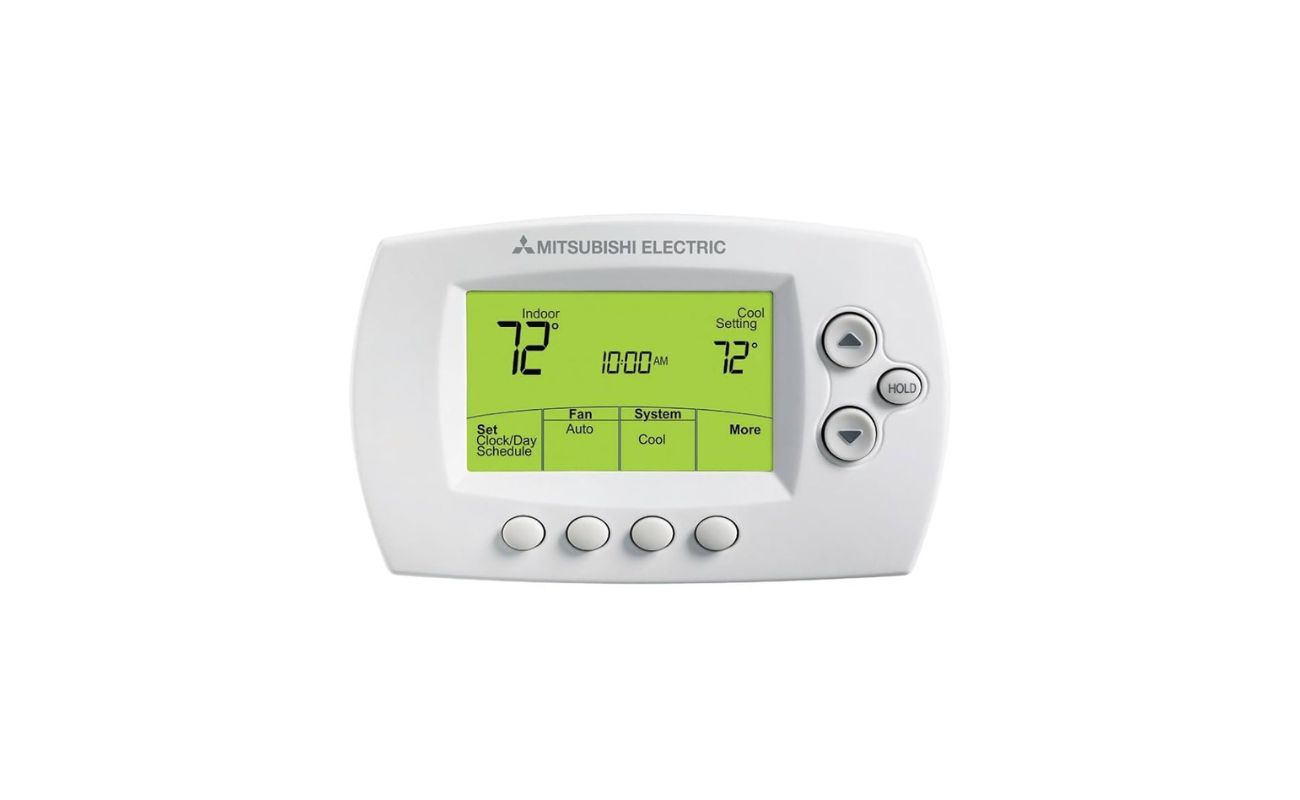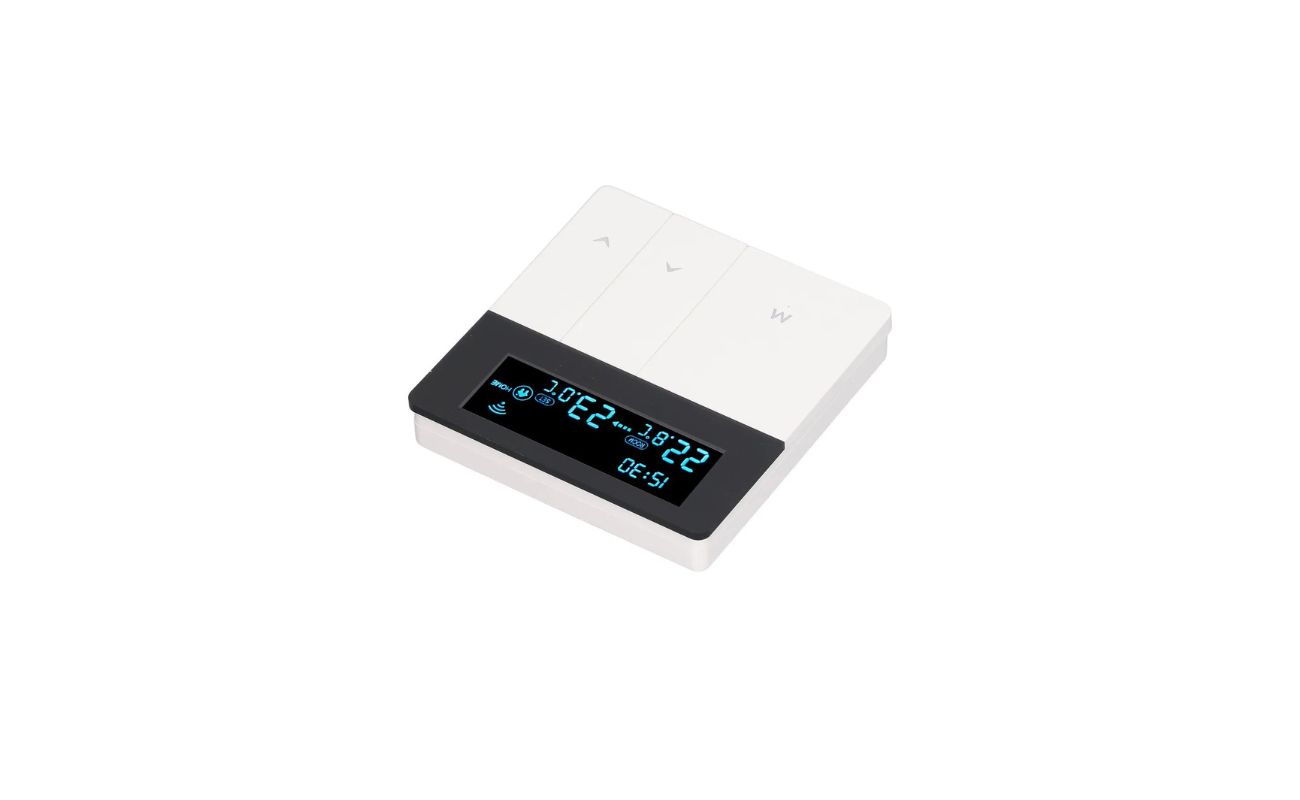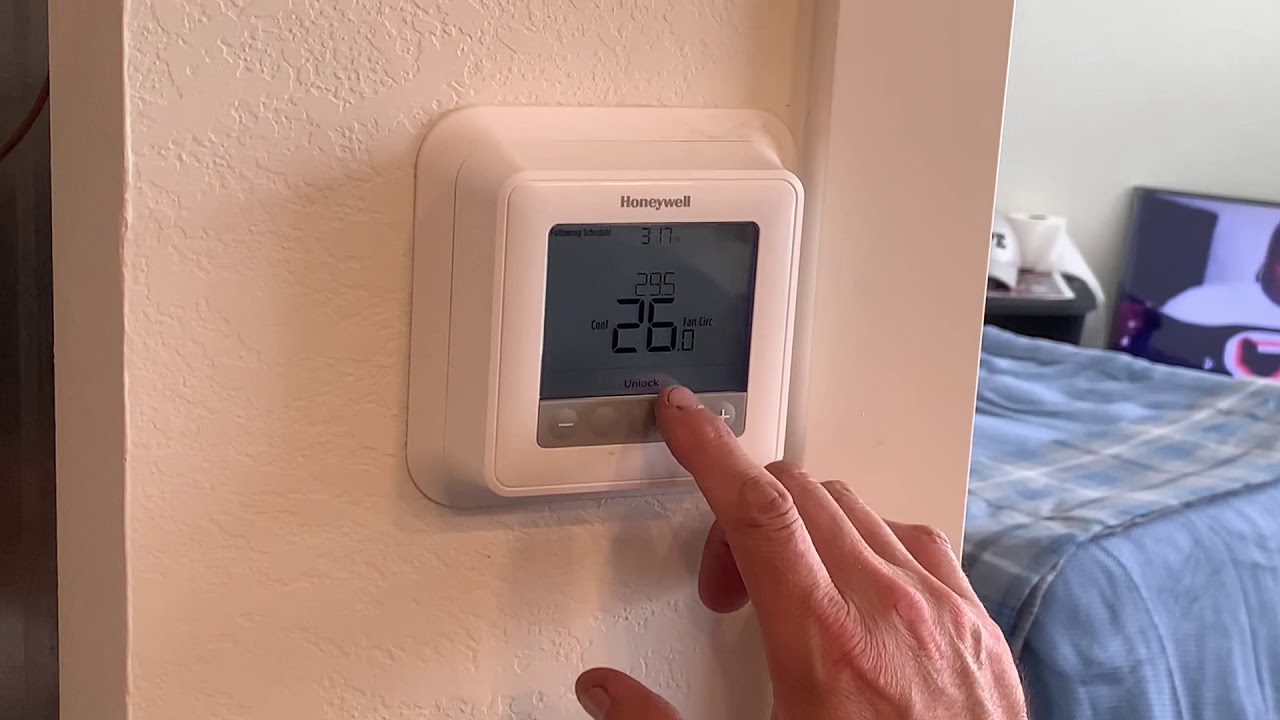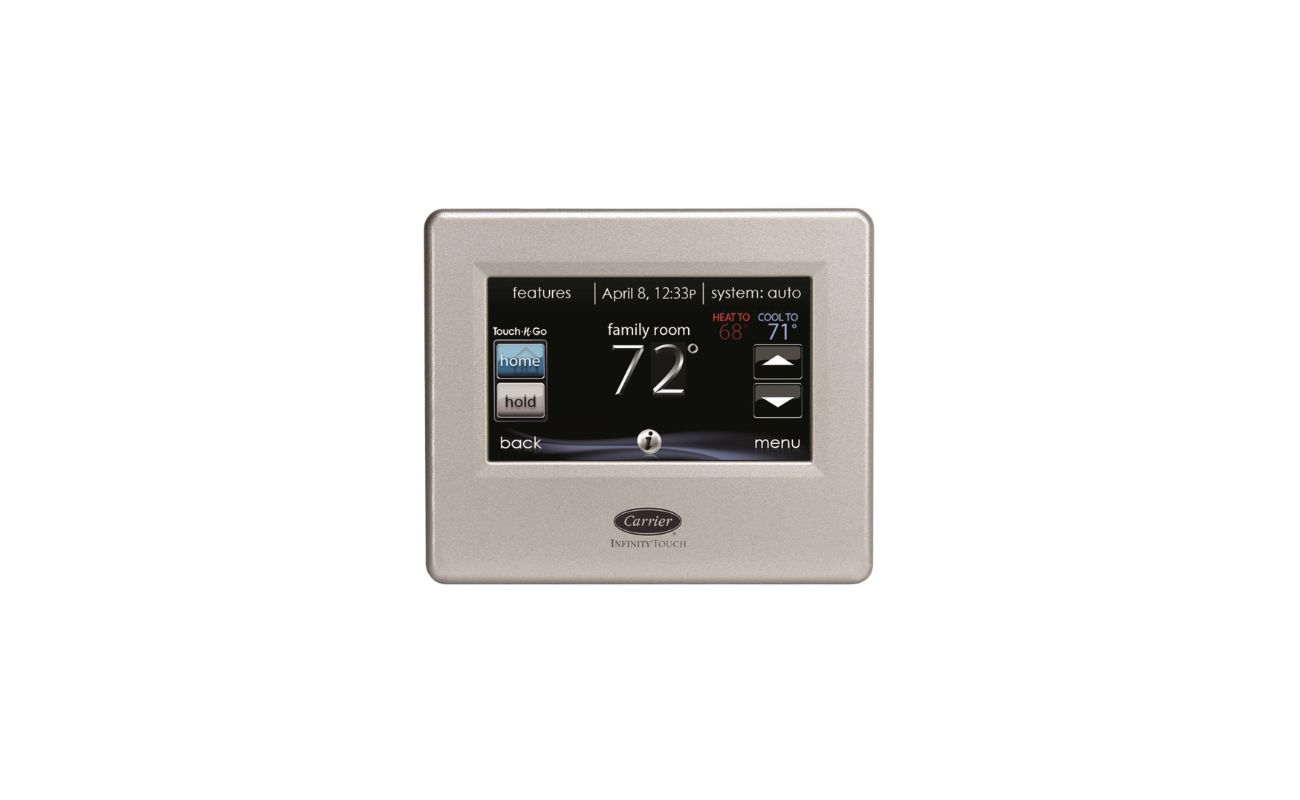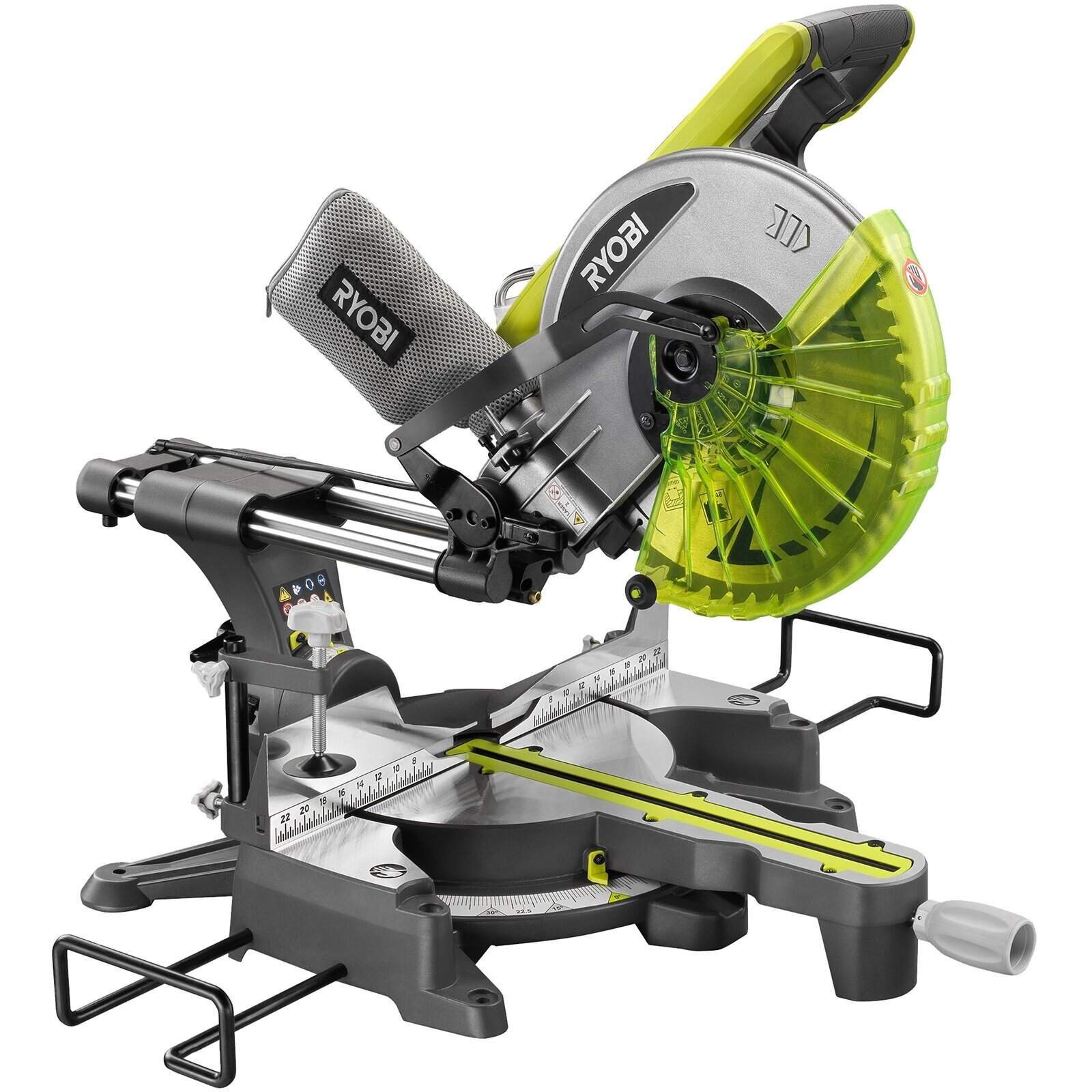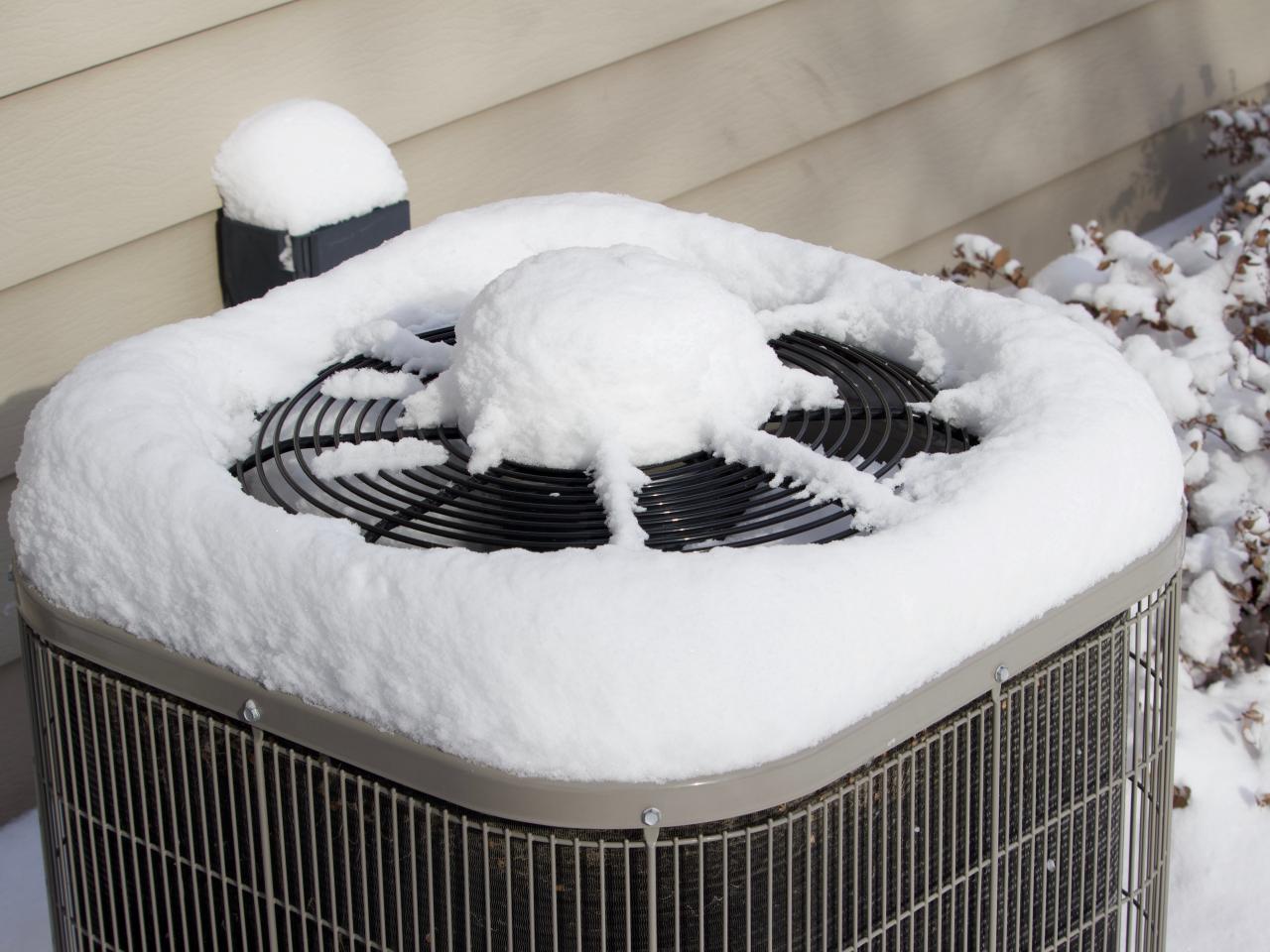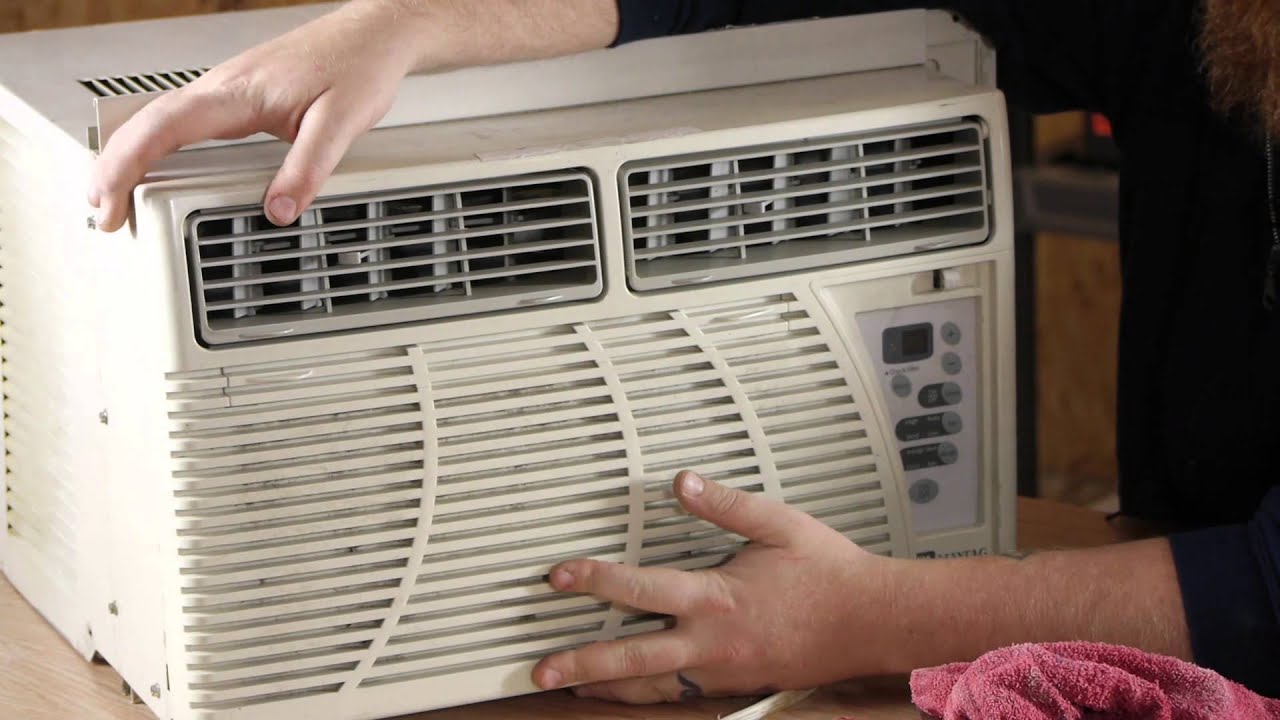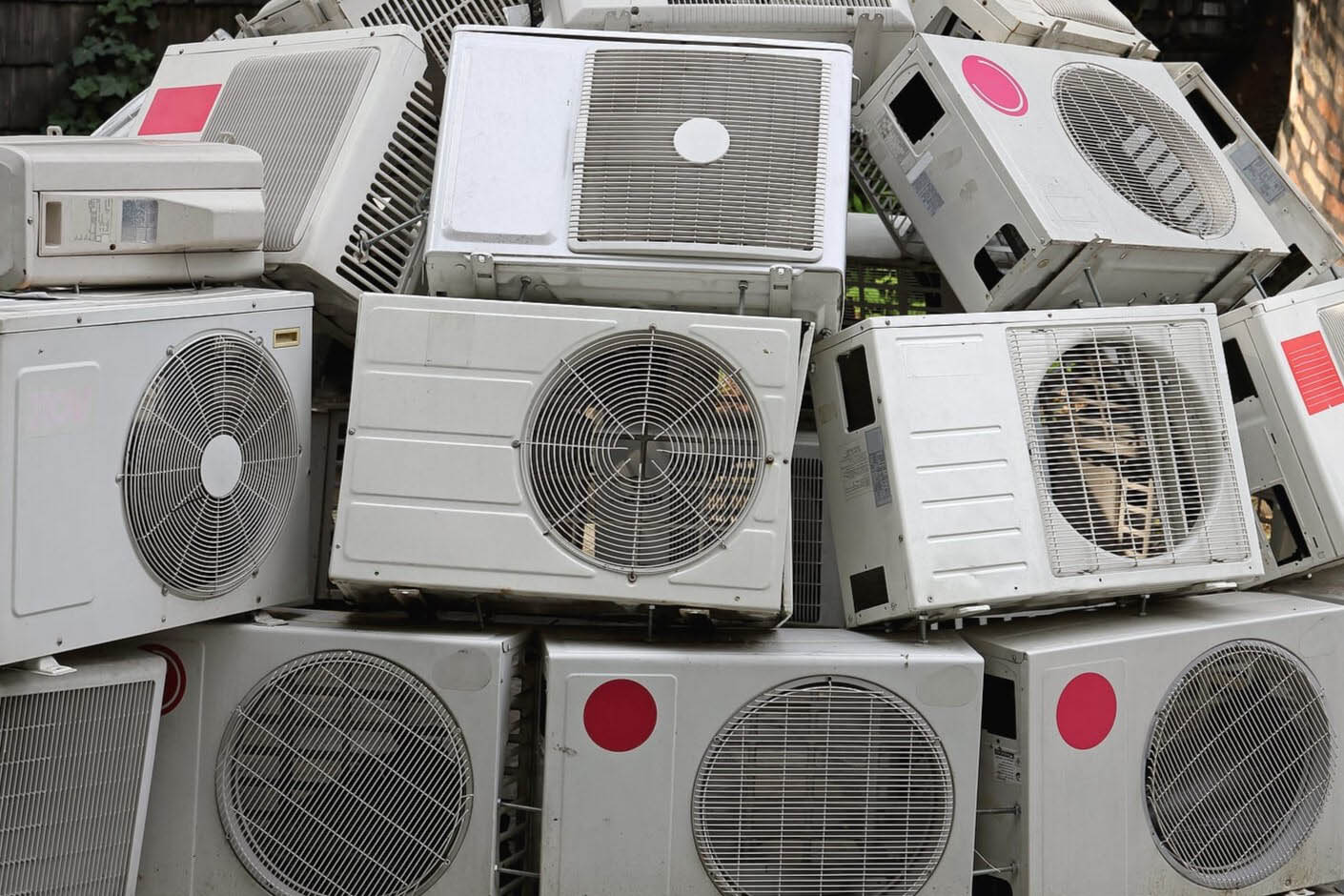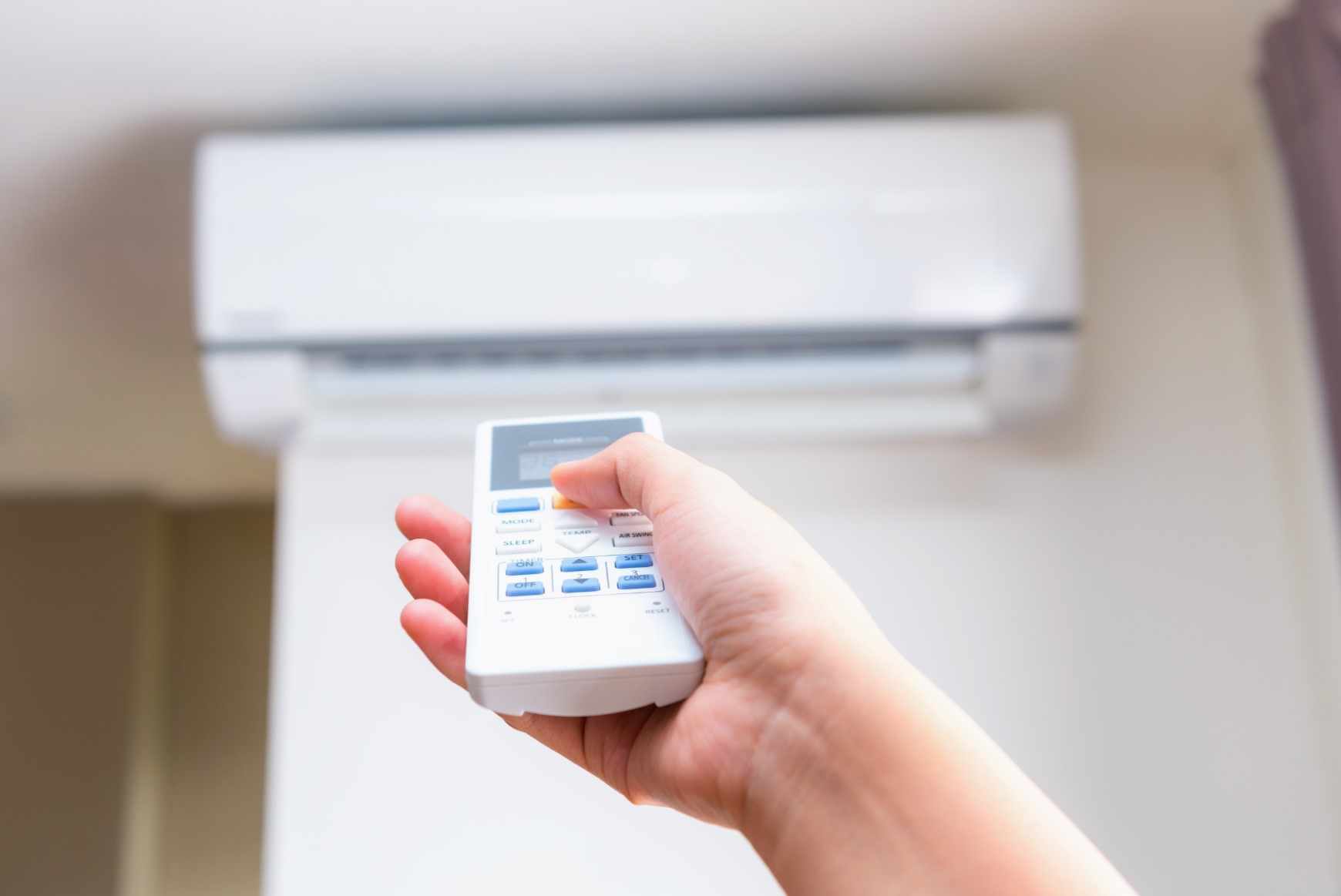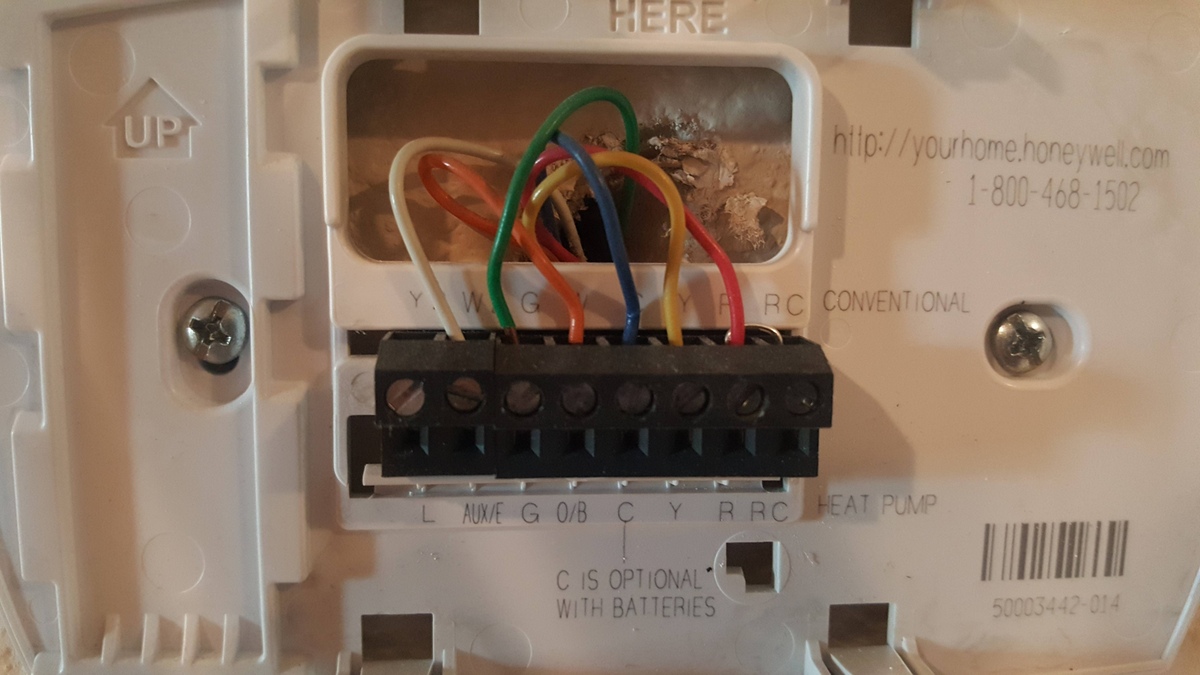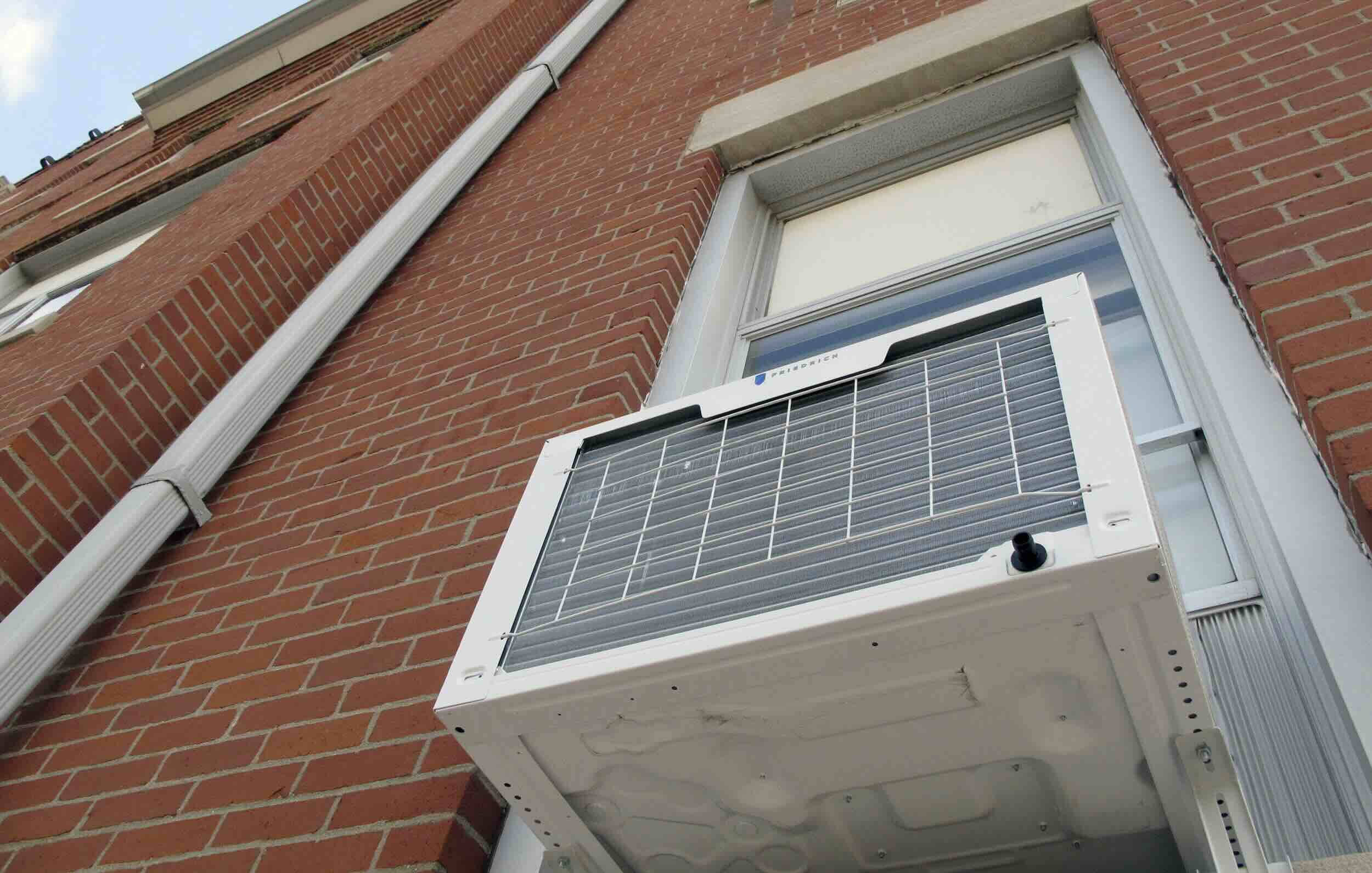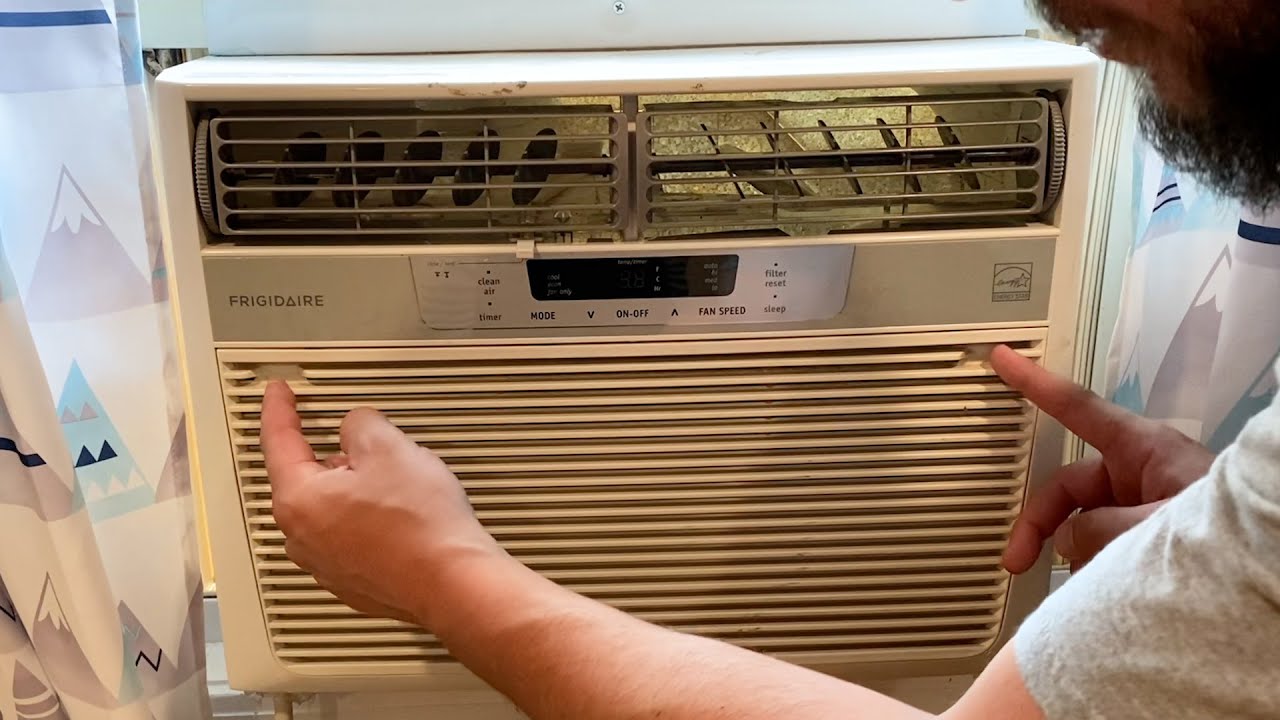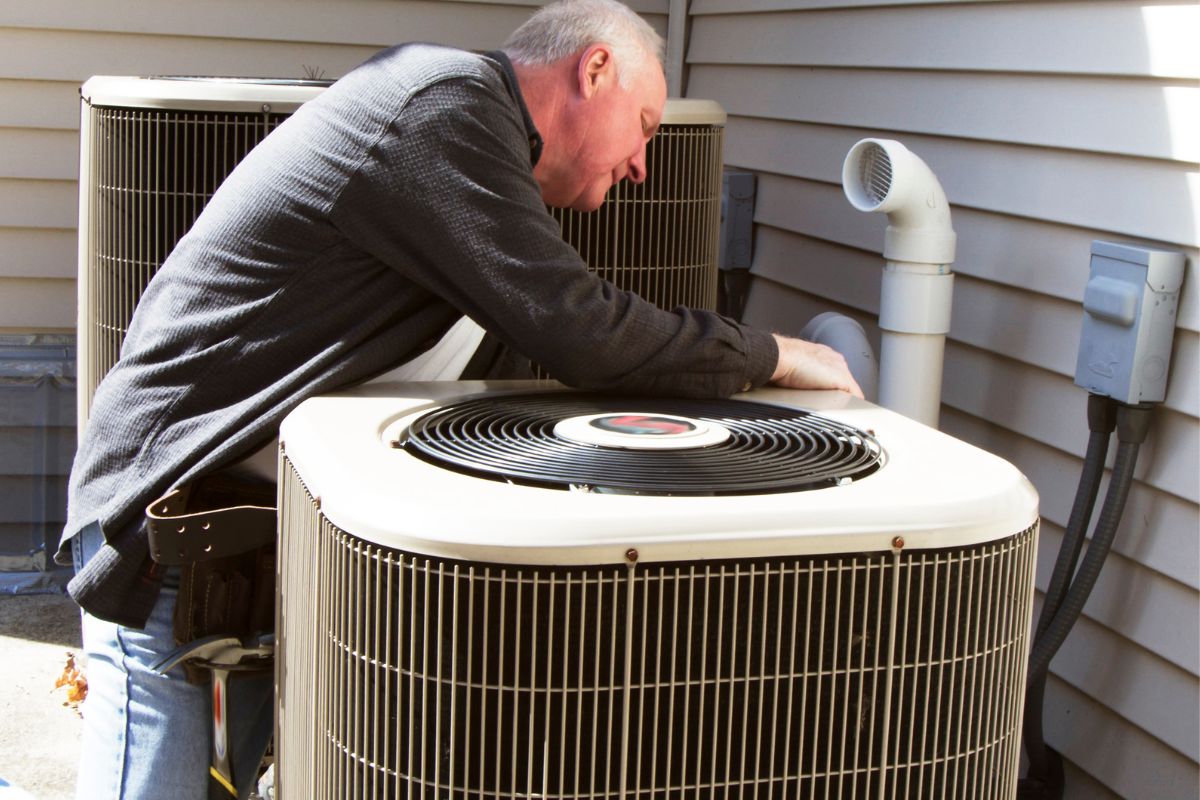Home>Home Maintenance>How To Unlock An Air Conditioner Thermostat
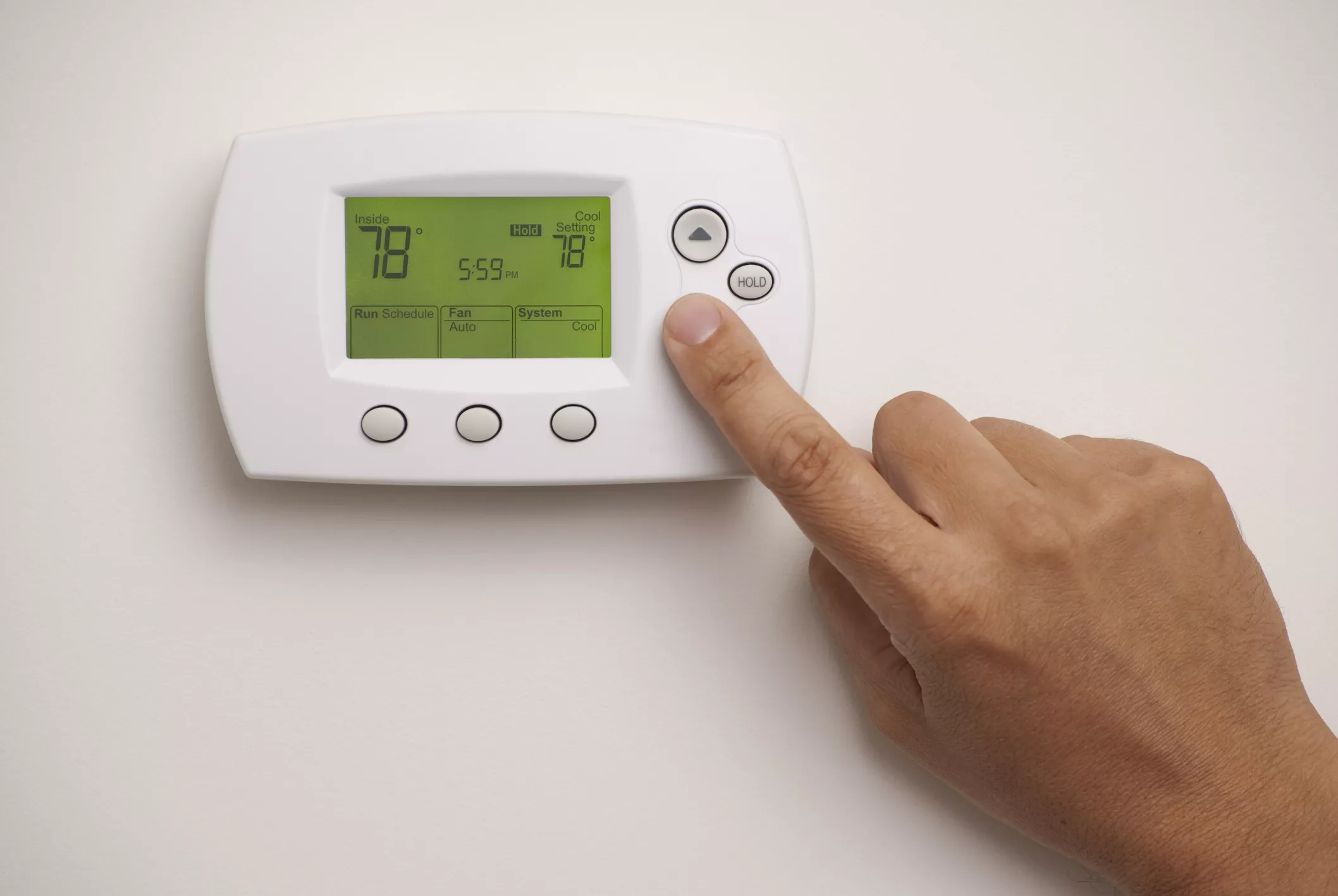

Home Maintenance
How To Unlock An Air Conditioner Thermostat
Modified: May 6, 2024
Learn how to unlock your air conditioner thermostat with this easy home maintenance guide.
(Many of the links in this article redirect to a specific reviewed product. Your purchase of these products through affiliate links helps to generate commission for Storables.com, at no extra cost. Learn more)
Introduction
Welcome to the world of home maintenance, where we tackle the common issue of unlocking an air conditioner thermostat. If you’ve found yourself in a situation where you can’t adjust the temperature on your AC unit, don’t panic! In this comprehensive guide, we will walk you through the step-by-step process of unlocking your thermostat and regaining control of your cooling system.
Locking thermostats is a common feature in many AC units, serving as a way to prevent unauthorized adjustments or tampering. While this can be beneficial in certain situations, such as in shared office spaces or rental properties, it can become a hassle when you need to modify the temperature settings.
Follow along as we explore several methods to unlock an air conditioner thermostat, ranging from simple DIY approaches to seeking professional help. Before we dive into the steps, it’s important to note that the specific instructions may vary depending on the make and model of your thermostat. Always consult your thermostat’s user manual or contact the manufacturer for specific guidance.
Now, let’s get started on the journey to unlocking your air conditioner thermostat and restoring your comfort.
Key Takeaways:
- Don’t panic if your air conditioner thermostat is locked! Follow simple steps to unlock it, from checking for a lock code to contacting the manufacturer. Stay cool and in control of your home’s comfort.
- If all else fails, seek professional help to unlock your thermostat. HVAC technicians have the expertise to diagnose and resolve complex issues, ensuring your air conditioning system is fully functional.
Read more: How To Unlock Luxpro Thermostat
Step 1: Identifying the Thermostat Lock
Before we begin the unlocking process, it’s crucial to determine if your thermostat is actually locked. This step will help you avoid unnecessary troubleshooting and ensure that the issue is related to a locked thermostat.
First, inspect your thermostat for any physical locking mechanisms. Some thermostats have a small lock icon or a physical lock switch that indicates the locking feature. If you see any indicators like these, it’s likely that your thermostat is locked.
Next, try adjusting the temperature settings on your thermostat. If you are unable to make any changes or if the settings revert back to their original values, it’s another sign that your thermostat is locked.
If you have access to the user manual, consult it for information on locking and unlocking your specific thermostat model. The manual will provide clear instructions on how to identify if your thermostat is locked and how to proceed with unlocking it.
If you don’t have the user manual handy, you can try searching for your thermostat’s model number online to find the manual on the manufacturer’s website. Alternatively, you can contact the manufacturer’s customer support for assistance in identifying the lock and unlocking method for your particular thermostat model.
By properly identifying the lock on your thermostat, you can proceed to the next steps with confidence, knowing that you’re addressing the correct issue and working towards a solution.
Step 2: Checking for a Lock Code
Once you have confirmed that your thermostat is indeed locked, the next step is to check for a lock code. Some thermostats have a numerical lock code that needs to be entered in order to unlock the device.
Start by searching for any displayed lock code on the thermostat’s screen. Look for a series of numbers or symbols that cannot be bypassed or changed without entering a code. If you find a lock code, take note of it as you may need it in the subsequent steps.
If there is no lock code displayed, try accessing the thermostat’s settings menu. Look for a “Lock” or “Security” option and navigate through the menu to see if there is a lock code set up. If you find an option to enter a code or change the lock settings, there may be a lock code present.
It’s also worth checking the user manual or contacting the manufacturer to inquire about the default lock code for your thermostat model. In some cases, thermostats come pre-programmed with a default code that is used when the user has not set a custom lock code.
If you come across a lock code during this step, make sure to write it down as you will need it in the subsequent steps. If there is no lock code found, proceed to the next step to attempt default unlock codes.
Remember, each thermostat model may have different procedures for checking lock codes, so consult your user manual or manufacturer’s website for specific instructions if you are unsure.
Step 3: Trying Default Unlock Codes
If you were unable to find a lock code for your thermostat in the previous step, don’t worry! Many thermostats have default unlock codes that can be used to disable the locking feature.
Start by conducting a quick online search for default unlock codes specific to your thermostat model. Manufacturers often provide these codes as a troubleshooting solution. You can also check the user manual or contact the manufacturer’s customer support for information on default unlock codes.
Once you have obtained the default unlock code, follow these steps to disable the lock:
- Access the thermostat’s settings menu. This can usually be done by pressing a combination of buttons or navigating through the display options.
- Look for the “Security” or “Lock” option in the settings menu and select it.
- Enter the default unlock code using the thermostat’s keypad or buttons. Ensure that you enter the code correctly to avoid any errors.
- If the unlock code is accepted, the lock feature should be disabled, and you should now be able to adjust the temperature settings as desired.
If the default unlock code does not work or if you were unable to find one, it’s time to proceed to the next step and contact the manufacturer for further assistance.
Remember, always refer to your thermostat’s user manual or manufacturer’s instructions for specific guidance on default unlock codes and the steps to enter them.
Check if the thermostat is locked by pressing and holding the “lock” button for a few seconds. If that doesn’t work, try resetting the thermostat by turning off the power to the unit for a few minutes and then turning it back on.
Step 4: Contacting the Manufacturer
If you’ve reached this step and have been unsuccessful in unlocking your thermostat, it’s time to reach out to the manufacturer for support. The manufacturer’s customer support team is equipped with the knowledge and expertise to guide you through the unlocking process and troubleshoot any issues you may be experiencing.
Start by locating the contact information for the manufacturer. This information can usually be found on their website or in the user manual that came with your thermostat. Take note of their phone number or email address.
Before contacting the manufacturer, gather all the relevant details about your thermostat, including the make, model number, and any error codes or messages displayed on the thermostat’s screen. Having this information readily available will help the customer support representative assist you more effectively.
When you reach out to the manufacturer, describe the issue you are facing with your locked thermostat and provide them with the necessary information. They may ask you some additional questions or provide specific instructions tailored to your thermostat model.
It’s important to be patient and follow their guidance closely. They may walk you through additional steps or ask you to perform certain actions to unlock the thermostat. They may also provide you with a unique unlock code or advise you to perform a factory reset on the device.
By contacting the manufacturer directly, you can ensure that you are receiving accurate and reliable information from the experts who designed your thermostat. They will be able to provide you with the most relevant and up-to-date solutions to resolve the locking issue.
If, after contacting the manufacturer, you are still unable to unlock your thermostat, it’s time to move on to the next step and consider resetting the device to its default settings.
Remember, each manufacturer may have different procedures and requirements for unlocking their thermostats, so be sure to follow their guidance closely for the best outcome.
Read more: How To Unlock A Locked Thermostat
Step 5: Resetting the Thermostat
If all previous attempts to unlock your thermostat have failed, it may be necessary to reset the device to its default settings. Resetting the thermostat will erase all custom settings and configurations, including any lock codes that may be preventing you from adjusting the temperature settings.
Here are the general steps to reset your thermostat:
- Locate the reset button on your thermostat. The button is typically small and may be recessed, requiring a paperclip or a small tool to press it.
- Press and hold the reset button for a few seconds. You may need to consult your thermostat’s user manual or contact the manufacturer for the exact duration the button needs to be held.
- After releasing the reset button, the thermostat will restart and reset to its default settings.
- Once the reset is complete, follow the initial setup process for your thermostat, which typically includes setting the date and time, as well as any desired temperature preferences.
It’s important to note that performing a reset will erase any custom settings you had previously configured on your thermostat, including programmed schedules and temperature preferences. You will need to reprogram these settings after the reset.
If you encounter any difficulties during the reset process or need further guidance, it’s recommended to consult your thermostat’s user manual or contact the manufacturer for specific instructions.
With the thermostat now reset, you should be able to regain control over your air conditioning unit and adjust the temperature settings as desired.
If resetting the thermostat doesn’t unlock it or resolve the issue, it may be time to consider seeking professional assistance.
Step 6: Seeking Professional Assistance
If you have exhausted all the previous steps and are still unable to unlock your thermostat, it may be time to seek professional assistance. HVAC technicians specialize in heating, ventilation, and air conditioning systems, including thermostats. They have the knowledge and experience to diagnose and resolve complex issues that may be preventing you from unlocking your thermostat.
Here are the recommended steps for seeking professional assistance:
- Research and find reputable HVAC companies or technicians in your area. Look for companies with positive reviews and a track record of providing quality service.
- Contact the HVAC companies and explain the issue you are facing with your locked thermostat. Provide them with all the relevant details, such as the make, model, and any error codes displayed on the thermostat’s screen.
- Schedule an appointment for a technician to come and assess your thermostat. Make sure to inquire about any fees for a diagnostic visit or service call.
- When the technician arrives, explain the steps you have already taken to unlock the thermostat. This will help them understand the situation and prevent any unnecessary repetition.
- Allow the technician to examine the thermostat and perform the necessary troubleshooting steps. They may use specialized tools and equipment to diagnose the problem accurately.
- Based on their findings, the technician will provide you with recommendations on how to unlock the thermostat or potentially replace it if it is deemed beyond repair.
- Follow the technician’s guidance and let them handle the necessary repairs or replacements. They may have access to specific tools or parts that are required to resolve the issue.
Involving a professional HVAC technician ensures that your thermostat unlocking process is handled with expertise. They can offer tailored solutions based on the specific make and model of your thermostat and may even uncover underlying issues that were causing the lock feature.
While seeking professional assistance may involve some additional cost, it can be an efficient way to resolve stubborn thermostat locking issues and restore the functionality of your air conditioning system.
Remember to keep track of any warranty information for your thermostat, as repairs or replacements may be covered under warranty, potentially saving you some expenses.
With professional assistance, you can finally unlock your thermostat and enjoy a fully functional and adjustable cooling system.
Conclusion
Unlocking an air conditioner thermostat can be a frustrating experience, but with the right knowledge and steps, you can regain control over your cooling system. Throughout this guide, we have covered various methods to help you unlock your thermostat, from identifying the lock to trying default unlock codes, contacting the manufacturer, resetting the thermostat, and seeking professional assistance.
Remember to always refer to your thermostat’s user manual or contact the manufacturer for model-specific instructions and guidance. Additionally, keep in mind that these steps may vary depending on your thermostat’s make and model.
By following the steps outlined in this guide, you can troubleshoot and unlock your thermostat, allowing you to adjust the temperature settings according to your comfort and preference.
If you encounter any difficulties or are unsure about any steps, don’t hesitate to consult a professional HVAC technician. They have the expertise to diagnose and resolve complex issues related to your thermostat and air conditioning system.
With a fully unlocked thermostat, you can now enjoy the perfect indoor temperature, whether it’s on a scorching summer day or a chilly winter night.
Remember, regular maintenance and care for your thermostat and air conditioning system can help prevent locking issues and ensure optimal performance throughout the year. Stay proactive by scheduling routine inspections and cleaning to keep your thermostat and HVAC system in top shape.
Thank you for joining us on this journey to unlock your air conditioner thermostat. We hope this guide has been useful in helping you regain control over your cooling system and ensuring your home’s comfort.
Now that you've mastered unlocking your air conditioner thermostat, why not simplify your life further with smart technology? Our next guide offers a comprehensive look at cutting-edge home automation systems set to transform living spaces in 2024. Learn how to streamline daily tasks and boost your home's efficiency with the latest gadgets. Perfect for tech enthusiasts and novices alike, this article reveals how easy integrating technology can be.
Frequently Asked Questions about How To Unlock An Air Conditioner Thermostat
Was this page helpful?
At Storables.com, we guarantee accurate and reliable information. Our content, validated by Expert Board Contributors, is crafted following stringent Editorial Policies. We're committed to providing you with well-researched, expert-backed insights for all your informational needs.
